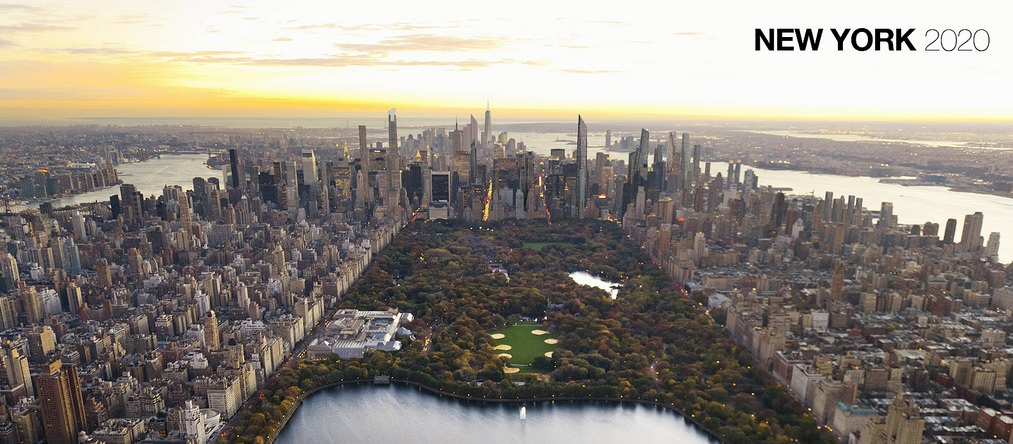In the past 12 months, Manhattan’s skyscraper scene has experienced a peculiarly high degree of activity. It’s beginning to feel as though every time construction on one of these gargantuan towers reaches completion, the Landmarks Preservation Commission approves plans for another one. With work on 432 Park Avenue and One57 in full swing, and the go ahead confirmed for several more record-breakers along West 57th street, it appears the city’s developers are going into some sort of ego-driven overdrive. Or perhaps they’re just making up for lost time.
It’s important to note that many of these multi-million dollar developments are emerging from a sad six years on the sideline. Despite being proposed and approved prior to the recession, financial backing began to wane around 2008 leaving many anxious developers in limbo. But in the last couple years help has started trickling in in the form of generous foreign financiers. One 57, Tower Verre and Atlantic Yards are just a few examples of suspended projects that have been saved by the recent injection of foreign cash. And if the knockout success of condo sales over at One57 and 432 Park Avenue are anything to go by, we’re likely to see more overseas investors putting up their hands to sponsor similar projects.
Given the recession, it’s hard to say if this luxury housing boom has any connection to the current economic climate. According to skyscraper experts, there is a correlation between the height of new buildings and gross domestic product. Researchers behind the 2011 working paper, Skyscraper Height and the Business Cycle, concluded that while height has no impact on GDP and cannot be used to predict recessions, GDP however, can be used to forecast height. With the United States yet to make a robust recovery from the GFC, one could argue that it’s the prosperous pre-recession GDP rates, rather than our current economic output, which are causing this race to the top.
 But what’s so unique about this sudden surge in skyscrapers isn’t timing or height, it’s the purpose that these multi-million dollar high-rises will serve. Unlike the previous skyscraper booms which created masses of new office and retail space, this one is being dominated by residential developments. With each one of these new projects expected to produce thousands of million-dollar listings, it begs the question: what impact will this surge in luxurious condominiums have on New York’s real estate market?
But what’s so unique about this sudden surge in skyscrapers isn’t timing or height, it’s the purpose that these multi-million dollar high-rises will serve. Unlike the previous skyscraper booms which created masses of new office and retail space, this one is being dominated by residential developments. With each one of these new projects expected to produce thousands of million-dollar listings, it begs the question: what impact will this surge in luxurious condominiums have on New York’s real estate market?
According to Ilan Bracha, co-founder of Keller Williams, the arrival of these ritzy residentials will change the way New Yorker’s view real estate prices, much in the same way 15 Central Park West did. With the first of these luxury condominiums peddling prices of up to $6000 per square foot, we’re going to have to brace ourselves for a substantial price jump across the board. Suddenly the exorbitant prices we’ve seen of late will become the norm and today’s market average of $1500 per square foot will increase to $2000. Bracha says that we can expect the effect of this price hike to kick in within a couple a years when the contracts at One57 and 432 Park Avenue close and their high-rolling tenants move in.
In addition to real estate prices, New York’s famous skyline will also experience a big boost. Renderings posted by Skyscraperpage blogger, Sbarn, depict the impressive Manhattan horizon of 2020. What we consider today to be New York’s most imposing structures will soon be dwarfed by the recently approved 217 West 57th street (1,423-feet) and its neighbor 111 West 57th street (1,350-feet). For anyone worried about the rapidly rising skylines of Shanghai or Dubai running away with New York’s reputation as the city of skyscrapers, these images should put you at ease.


